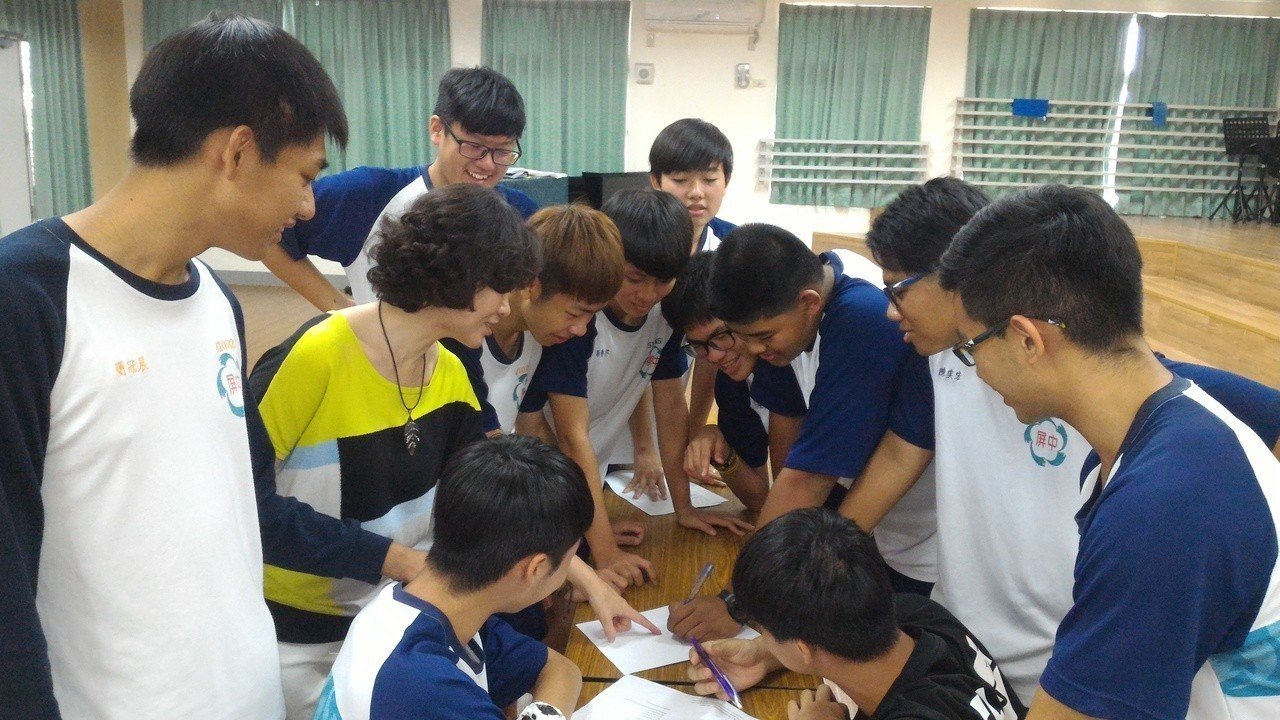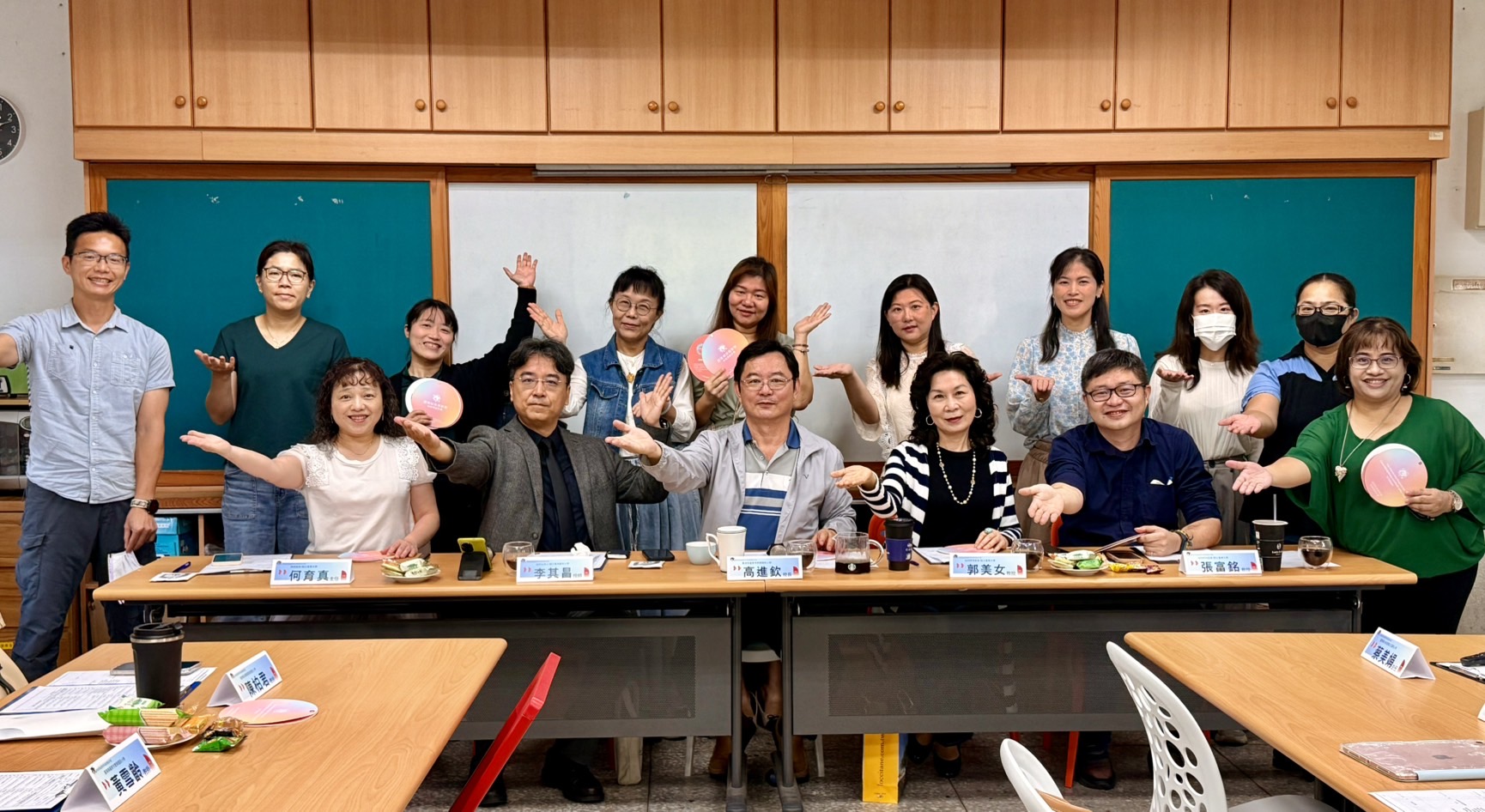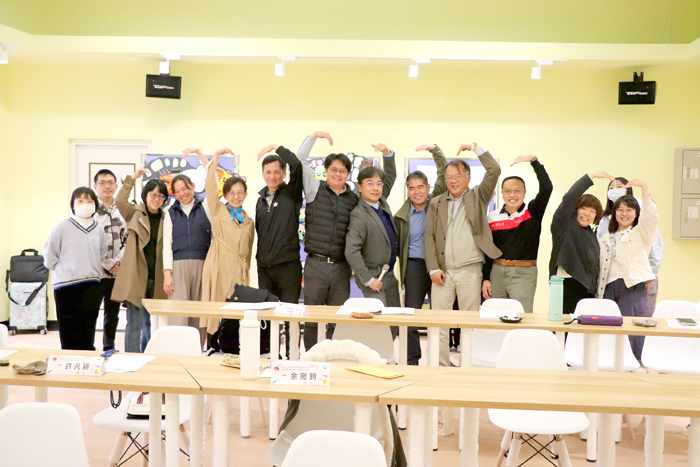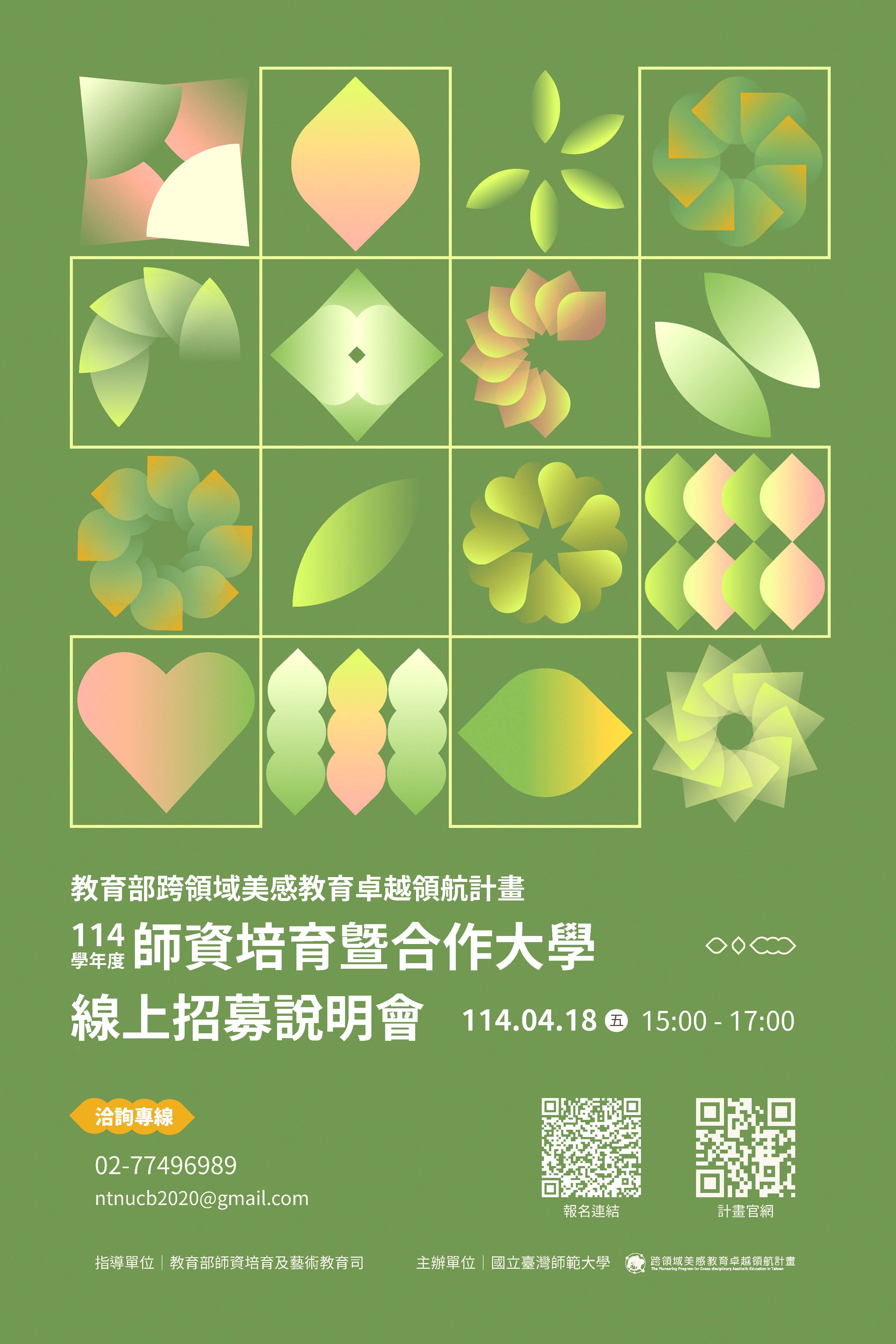
News source: United News Network/Feng Jinghui
News link:https://udn.com/news/story/11320/3377004
Cultivating cross-field talents is the spirit of the new national education curriculum for the 12th year. It is a "cross-field aesthetic education innovation movement" led by teachers. Over the past five years, more than 10,000 teachers and students have participated, and a total of 177 schools have developed more than 200 cross-field aesthetic experimental lesson plans. It will form a "database" for the cross-field curriculum design of the new curriculum, and "field templates" will be published at the end of the year and sent to primary and secondary schools, high schools and normal universities.
It is the fifth year since the launch of the "Medium and Long-term Plan for Aesthetic Education" of the Ministry of Education. The funds for aesthetic experience, which are mainly focused on the Department of Teachers and Art Education of the Ministry of Education, have been allocated year by year from 100 million in 2013 to more than 300 million in 2017. The first phase of the plan is At the end of the year, the second phase of the five-year plan will be announced at the end of this month, with an increase of 340 million yuan in 108 years compared to 207 years. Zheng Yuanquan, director of the Department of Teachers and Arts of the Ministry of Education, said that in the second period, attention should be paid to the connection with the new curriculum.
The "Interdisciplinary Aesthetic Education Experimental Curriculum Development Project for Secondary Schools and Elementary Schools" commissioned by the Ministry of Education and implemented by Taiwan Normal University is one of the sub-projects of the Aesthetic Education Plan of the Ministry of Education.
Zhao Huiling, host of the project and dean of the School of Arts at National Taiwan Normal University, said she hopes to break down disciplinary boundaries and make art a platform that connects various disciplines and allows for exchanges and integration with other disciplines. She believes that the cross-disciplinary aesthetic courses are "very organic" and diverse in appearance. Teachers from different subjects will produce different course appearances due to different backgrounds and discussions.
Zhao Huiling said that in the first two years of the project, ten experimental schools were found, and art teachers took the initiative to cooperate with teachers from mathematics, physics and other subjects to conduct cross-field courses. In the next three years, the scale was expanded, and many subject teachers actively participated in the project, "to let subject knowledge More connections with student life." Last year, it was also extended to recruit elementary schools to join.
Xia Xueliang, deputy convener of the National Education Art Curriculum Training Working Group for 2012, pointed out that from the documentary "Seeing Taiwan" and the "fake, evil and ugly" scenes that can be observed everywhere in Taiwan, they represent the places where Xiaozi lives and the street signs. , even the overall landscape of Taiwan, is still a big issue that needs to be actively faced and resolved by the government, society, and the whole people.
"Although beauty is a feeling, the mentality and approach of aesthetic education must not be empty." Xia Xueliang said that if Taiwanese people hope that "Taiwan is truly beautiful," they can no longer allow themselves, all sectors of society, and the government to continue to adopt "emergency response," The "eager for quick success" mentality should not allow "aesthetic education" and "life aesthetics" to be reduced to words and slogans, but should be allowed to integrate into the blood of the people and ingrain aesthetics into daily life.



